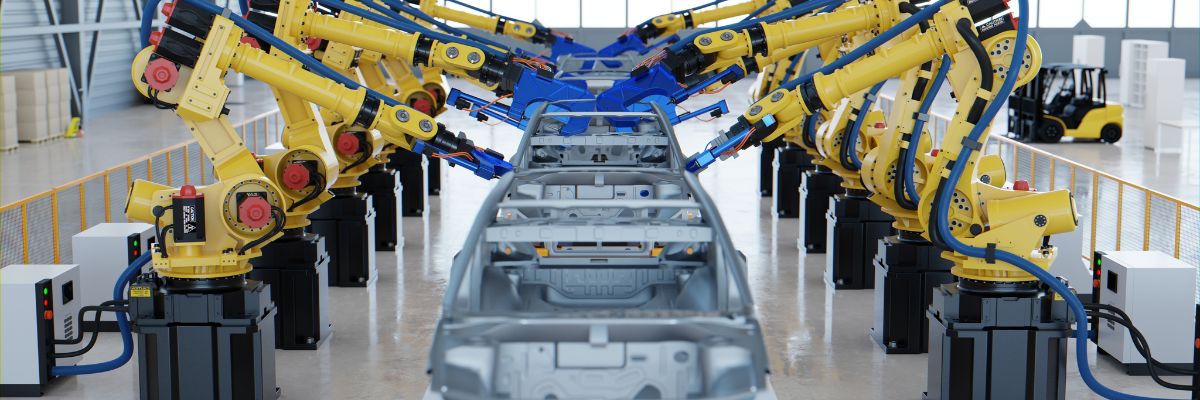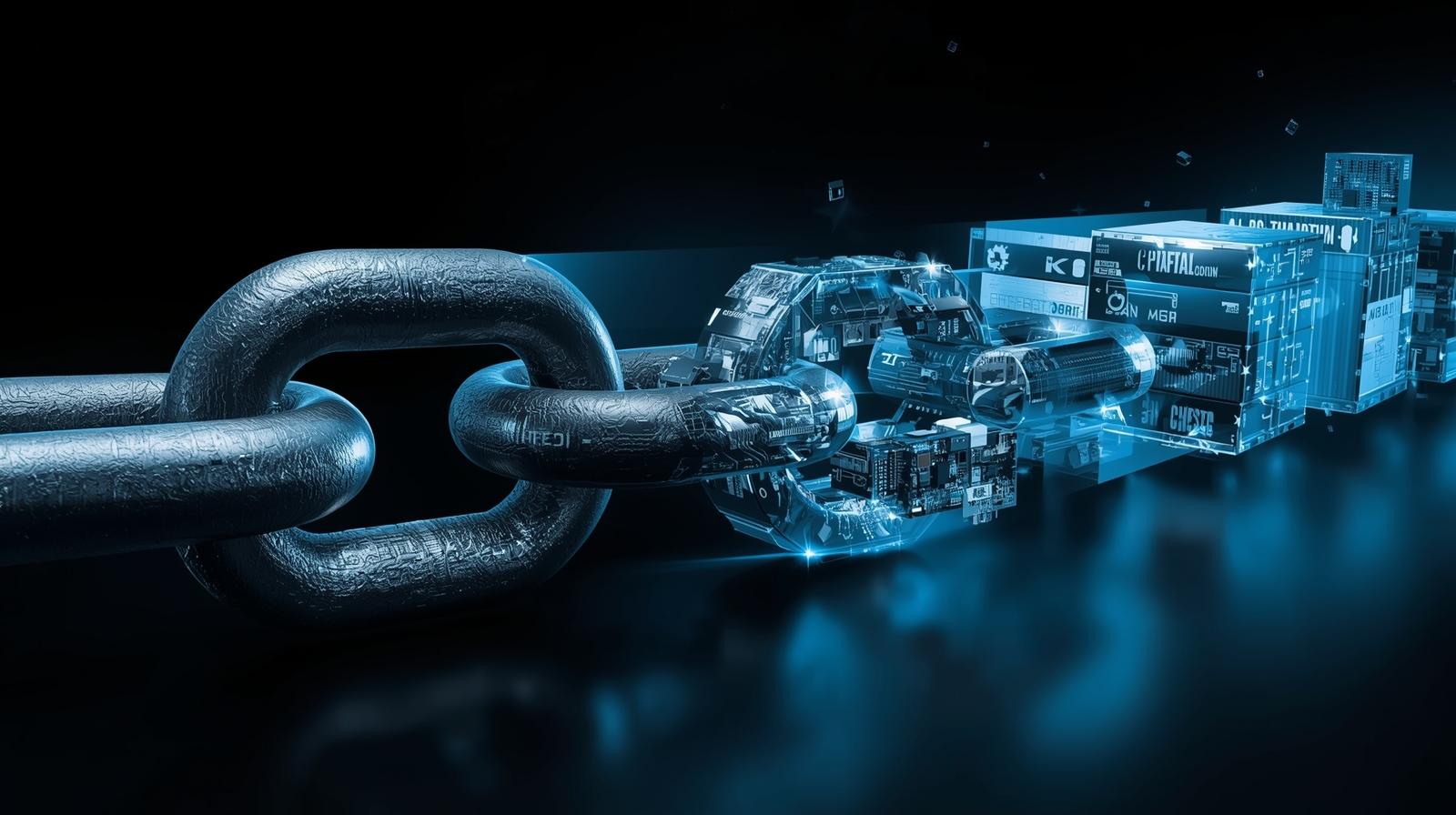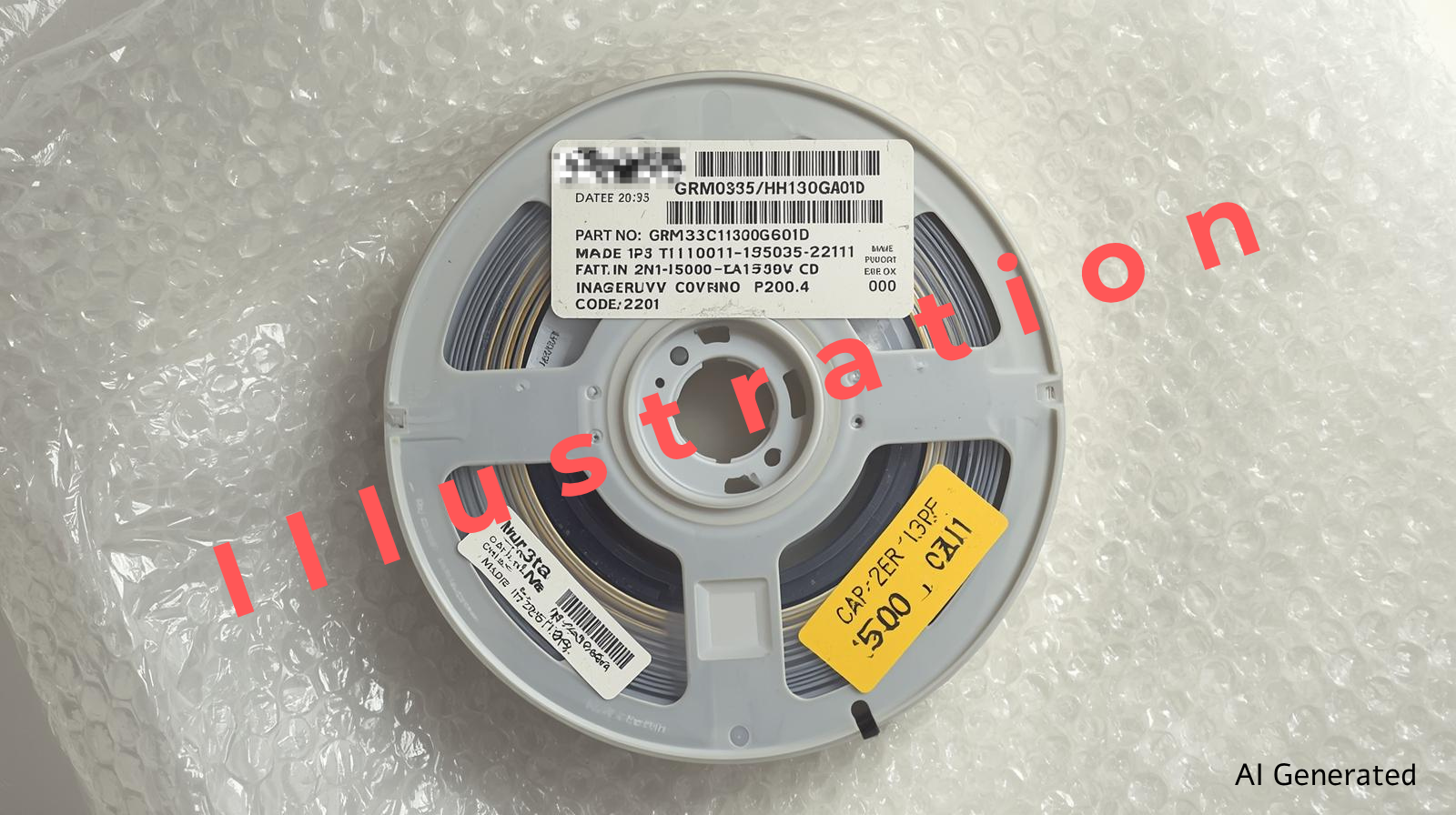Written by: Oshri Cohen, CEO of Cybord AI
Recalls have become a routine and accepted cost in automotive manufacturing. The industry has come to accept finding failures after vehicles reach the market as normal, especially as electronics have become a dominant source of defects.
But recalls aren’t just a nuisance or a major capital expense. They’re a signal. Each one points to a flaw in the manufacturing process. And many carry serious safety implications, since electronics control nearly every aspect of modern vehicles.
The fact is that recalls are not inevitable. They happen because defects go undetected, not because automakers are negligent. Much of the production is handled by third‑party suppliers, where automakers have limited visibility into the SMT process. Yet with earlier and more precise inspection, most of these defects can be caught before they ever leave the plant.
In this blog, we’ll discuss why recalls persist and how visual AI can minimize their impact by catching defects early.
Modern Vehicles Are Complex Electronic Systems on Wheels
To understand why recalls have become so widespread, we need to look at how vehicles are built today. Cars used to be machines. Today, they’re networks – systems packed with up to 3,000 electronic components. While automotive electronics made up just 1% of vehicle cost in the 1950s, today they comprise some 35% of what it costs to build a car.
This shift to electronics didn’t just change how cars work. It changed how they fail. Most vehicles rely on 50 to 150 Electronic Control Units (ECUs) working in sync. One glitch, and you’ve got a safety issue, a drivability problem, or a silent fault waiting to surface.
The scale of recalls is truly staggering. In the first half of 2025 alone, over 10.8 million vehicles were recalled in the U.S. – some 25% for faulty or mismatched electronic components, more than any other defect category. The year before, 27 million vehicles were pulled back across North America. CARFAX estimates that more than one in four vehicles on the road in the US today still has at least one unresolved issue. That’s over 63 million cars.
The Missing Link: Real-Time Component-Level Verification
These numbers point to a deeper problem: traditional quality controls were designed for an era when defects were mechanical, easy to see, and straightforward to trace. That model doesn’t work for electronics, where flaws can be buried in a component or hidden deep in the supply chain.
To address this, automakers need quality controls that can detect faulty components in real time, verify that every board is populated only with approved, automotive‑grade parts, and provide the micro‑traceability required to isolate issues in minutes rather than months.
Spot checks can’t deliver this. Visual issues like micro-cracks or bent leads are easy to miss, and post-solder testing only examines selected areas of the board rather than every component. All it takes is one out‑of‑spec component – mis‑binned, downgraded, counterfeit, or otherwise non‑compliant – to slip through inspection and create a defect that can trigger an incident.
Addressing this requires inline, automated component-level verification that operates at production speed and delivers complete traceability. That’s exactly what Cybord’s Visual AI was built to do.
Visual AI: A Tool Built for This Challenge
Cybord’s Visual AI platform uses existing cameras on Pick & Place (PnP) and Automated Optical Inspection (AOI) equipment, without the need for additional machinery. It captures high‑resolution images of both the bottom and top sides of every electronic component before, during, and after each component is mounted on the PCB.
AI algorithms analyze these images to detect body defects, tampering, authenticity issues, contamination, bent leads, and more. They also extract component markings, physical attributes, and placement data. This information, extracted from the top markings, is combined with metadata such as country of origin, lot code, date code, MPN, reel position, and supplier. It is then compared against the contract manufacturer’s documentation and the OEM’s BOM and AVL, with any mismatch automatically flagged.
This is inline inspection with 100% component coverage, performed at production speed. If a component doesn’t match what’s expected, it can be flagged and even removed immediately – before it becomes a downstream problem.
Cybord’s Visual AI also turns inspection data into a powerful resource. Each verification is logged with images and metadata, creating a component-level big-data repository. Deep AI-driven analysis runs across this dataset to uncover quality trends, detect subtle anomalies that traditional inspection might miss, and provide clear insight into how to improve the process.
This level of micro-traceability means any issue can be traced back to a specific component, reel, or supplier in minutes. It also provides the documentation needed for standards like ISO 26262 and supports fast, data-backed root-cause analysis.
Cybord in the Real World
Cybord’s Visual AI is already proving its value on the production floor, helping automakers catch issues in real time and minimize the impact of those that surface later.
In one automaker, Cybord identified a component-grade mismatch during assembly: a part marked for industrial use had been mistakenly placed in an automotive build. Because the issue was caught in real time – before it left the plant – the defect was corrected on the spot, avoiding both the safety risk and the potential for a costly recall.
Not every issue can be prevented on the line. Some defects originate in the components themselves and only surface long after vehicles are on the road. In one such instance, an automaker traced a quality issue back to a faulty batch of parts that had been shipped, assembled, and installed years earlier. Without micro-traceability, they would have been forced to recall roughly 50,000 vehicles. With Cybord, they isolated the problem to a few hundred affected units – saving time, cost, and reputation.
A New Mindset: Build for Zero Recalls
Automotive recalls don’t have to be an accepted cost of doing business. They happen because quality gaps go undetected and because the systems built to catch them were not designed for the complexity of modern vehicles.
In the last five years, high‑profile recalls have underscored the safety risks of electronic component failures. Tesla recalled over 239,000 vehicles for a faulty computer module that could short‑circuit and disable the rearview camera. General Motors has recalled 62,500 trucks for a brake pressure sensor defect that could cause fluid leaks and electrical fires. And 41,000 Cadillac Lyriq EVs were recalled for a driver display hardware fault that could hide critical safety information.
The financial impact is also clear. At an average cost of $300 per vehicle, a single large-scale recall can exceed $10 million. The more than 10 million vehicles recalled in the first half of 2025 alone represent roughly $3 billion in direct losses. These numbers demand the attention of C-level executives.
The recent incidents highlight the urgent need for real-time detection and precise traceability with 100% component coverage. Identifying faults immediately, ensuring every board uses approved parts, and tracing issues down to the specific unit are essential steps. Cybord’s Visual AI delivers these capabilities, helping manufacturers stop treating recalls as inevitable and start building them out of the system.
Stop defects at the source and eliminate costly recalls. Talk to a Cybord expert today.




